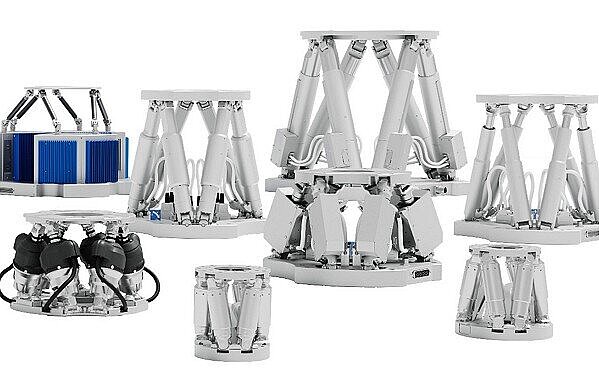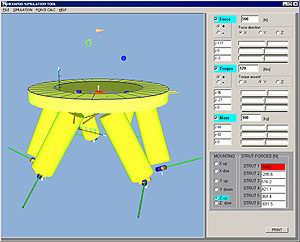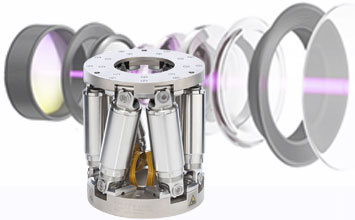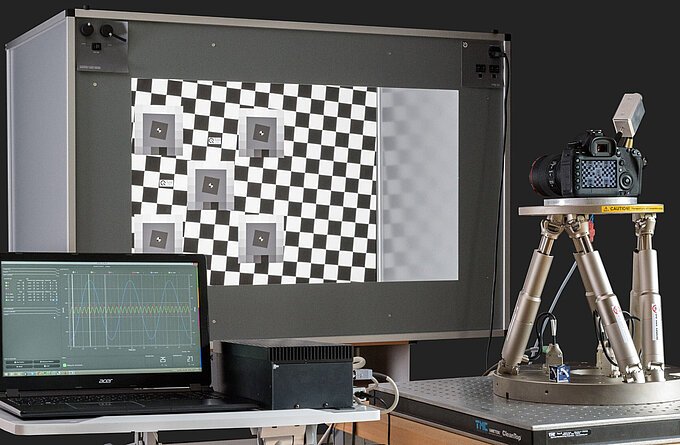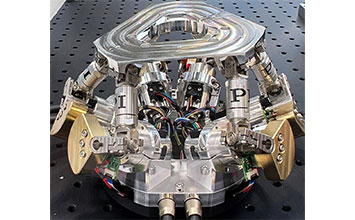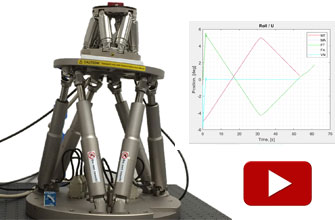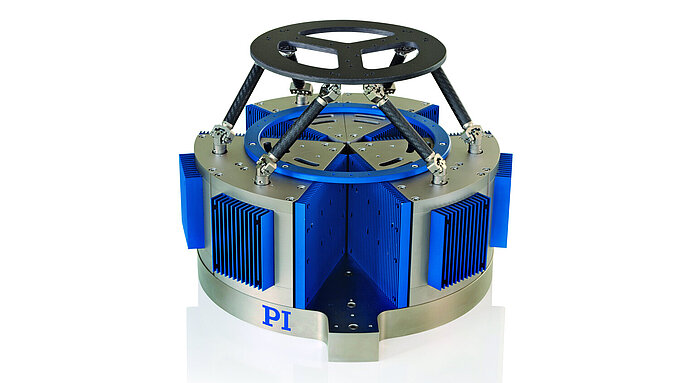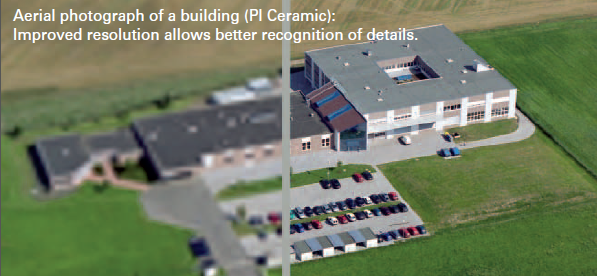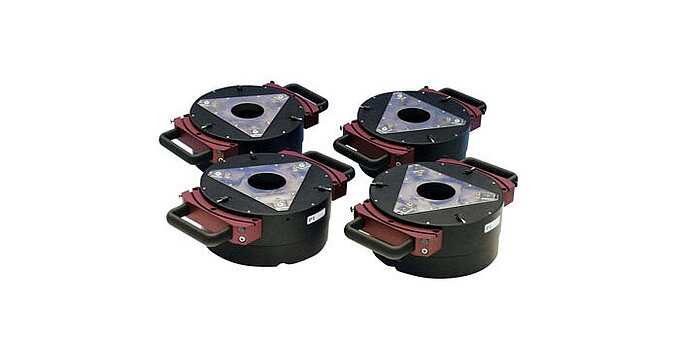6-DOF Motion Platforms for Automated Image Quality Testing
DxOMark Image Labs uses PI Hexapods to Simulate Camera Motion
The market for digital imaging products is gigantic. Looking at smart phone cameras alone, estimates are for more than one billion units per year. Additional billions come from built-in cameras in laptops, tablets, security systems, automobiles, etc. The requirements on the quality of these cameras are continuously increasing, and customers demand to get the best performance for their money. Target markets for CCD and CMOS cameras include consumer, automotive, aerospace, medical and defense applications. While consumers might be most interested to take snapshots in low-light conditions without motion blur, designers of autonomous vehicles have even more intense requirements – the life of the occupants can depend on the performance of the camera. Advancements in optics, electronics and algorithms have led to significant improvements across the board. However, how can one be sure to get the highest performing system? Is there a scientific, repeatable way to measure the still and video image quality of a camera, and compare models from different suppliers?
The company DxOMark Image Labs aims to provide answers. It supports customers with consulting services and complete laboratory solutions for image quality testing. These solutions consist of hardware, software, and test protocols that ensure repeatable and operator-independent results. Nicolas Touchard, Vice President of Marketing at DxOMark Image Labs, explains in an interview with PI (Physik Instrumente) the methods for evaluating still and video image quality and also how PI hexapod 6-DOF motion platforms are used in the testing of image stabilization technologies.
Q: Which Are the Key Image Quality Attributes?
Each camera is evaluated according to specific key image quality attributes. These attributes include resolution, contrast, color, texture, zoom, autofocus, exposure, and image stabilization. For each of these attributes, thousands of images are taken and evaluated to obtain statistically significant results. In order for the image quality to be comparable, cameras and camera components must always be tested under the same conditions and using the same methods. The measurement methods on which the DxOMark evaluation is based have been developed in collaboration with several companies in the imaging industry that collaborate in international standardization working groups such as IEEE/CPIQ and ISO TC42-WG18.
Image Stabilization Testing – a PI Hexapod Motion Platform Simulates Multi-Axis Camera Motion

The image stabilization test assesses how well the internal optical and electronic image stabilization systems in cameras work. These systems are designed to compensate movements and, therefore, avoid blurred images.
The repeatability of the camera movement across several axes is important in all test procedures related to image stabilization. "We must ensure that the simulated frequencies and movements, e.g., around the rotation axes θX, θY, θZ (pitch, yaw, roll), are identical for each test," emphasizes Nicolas Touchard. When testing cameras and smartphones, for example, frequencies up to 12 Hz are required to simulate the trembling of the human hand, while image stabilization systems designed for autonomous driving have to compensate for much higher frequencies.
The simulation of the camera movement can be carried out by multi-axis motion systems such as the H-840 hexapod. This six-axis system is certified according to the DC-011-2015 standard by CIPA. The standard defines rotational axes, test frequencies, and vibration amplitudes that are necessary for certification.
For the highest demands regarding smooth motion and frequency range, PI offers the H-860 voice coil motion platform hexapod. This friction free system provides simulation frequencies up to several ten Hz with extremely low mechanical noise (flexures instead of ball/roller bearings). It runs pre-defined motion profiles, sinusoidal curves, and freely definable paths with high trajectory accuracy.
The software programmable center of rotation (pivot point) is an essential feature of PI’s hexapod parallel-kinematics design, allowing motion to rotate exactly around the center of the image sensor as well as off-center motion.
About DxOMark Image Labs
For over a decade, DxOMark Image Labs has been dedicated to assisting customers with testing and improving the image quality and performance of their standalone and mobile device cameras. The company’s solutions and services serve all sectors of the digital imaging industry, from DSLR and DSC manufacturers, to makers of smartphone and camera components, to video-based driver assistance systems in the automotive sector, and to companies involved in surveillance, space, defense, and machine vision.

DxOMark image scientists, engineers, and product managers deliver high-level consulting services at all stages of camera development, from initial specifications to camera tuning. The Analyzer solution and the DxOMark database also provide a trusted industry standard for camera, lens, and smartphone image quality measurements and ratings. DxOMark Image Labs is headquartered in Paris with offices in Taiwan and the USA, and with distributors in China, Japan, and Taiwan.
Learn more about DxOMark Image Labs.
Blog Categories
- Aero-Space
- Air Bearing Stages, Components, Systems
- Astronomy
- Automation, Nano-Automation
- Beamline Instrumentation
- Bio-Medical
- Hexapods
- Imaging & Microscopy
- Laser Machining, Processing
- Linear Actuators
- Linear Motor, Positioning System
- Metrology
- Microscopy
- Motorized Precision Positioners
- Multi-Axis Motion
- Nanopositioning
- Photonics
- Piezo Actuators, Motors
- Piezo Mechanics
- Piezo Transducers / Sensors
- Precision Machining
- Semicon
- Software Tools
- UHV Positioning Stage
- Voice Coil Linear Actuator
- X-Ray Spectroscopy




